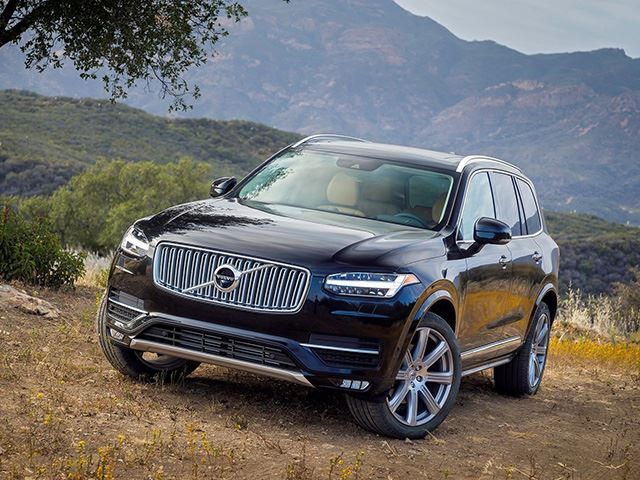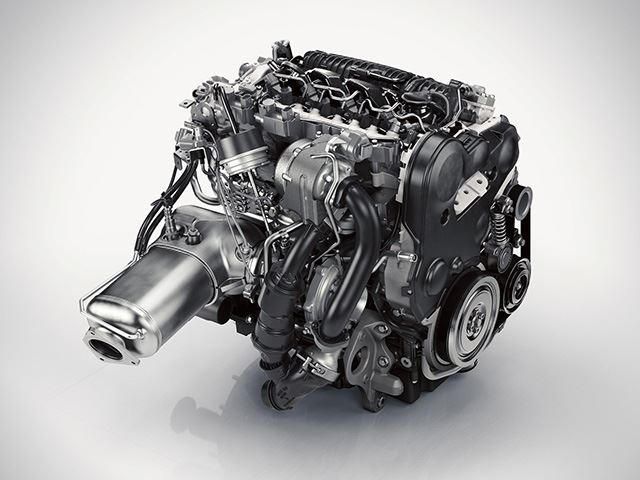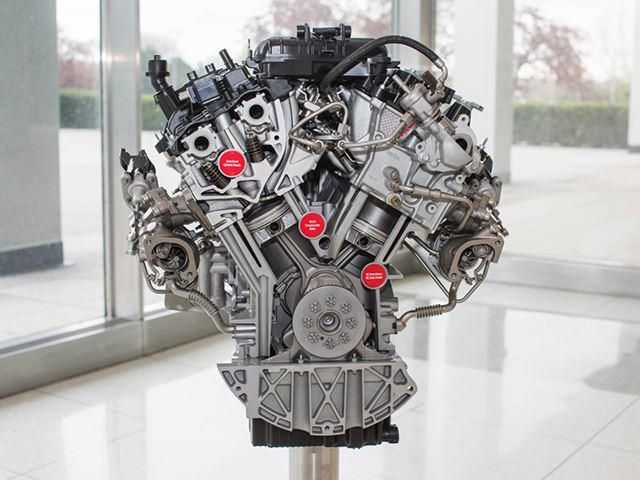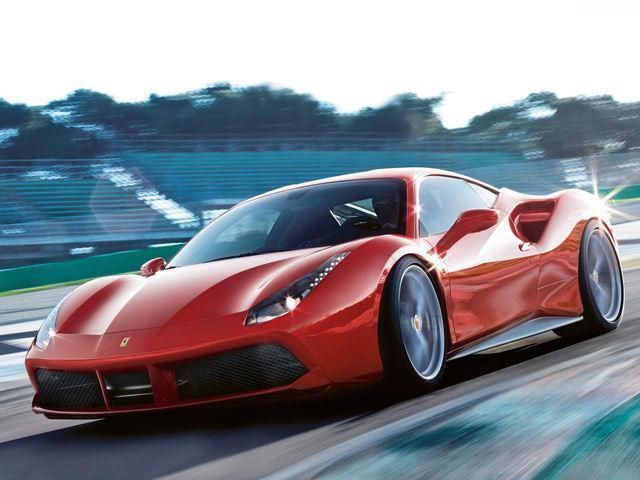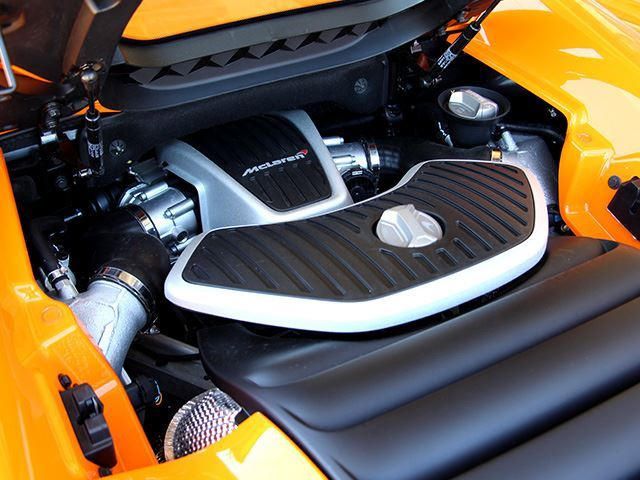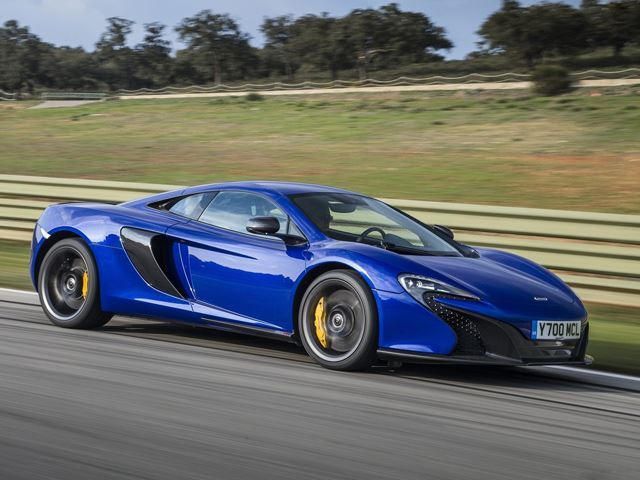
The automaker's relationship with the turbocharger is a lot like that of the rebellious, broke twenty-something and their estranged strict family. The young adult will only speak to their parents when they need money, but they have to need it badly enough to justify jumping through the circus hoops put in place by their exacting parents. Back in the early 1980s, automakers jumped on board the turbocharging bandwagon after a fuel crisis rendered large engines impractical and changed consumer demands.
Consumers couldn't afford to feed thirsty engines anymore but they still wanted the power that they delivered. To cope, the automotive industry placed the exotic-sounding pieces of hardware under the hoods of new models and was only able to get them to work with a hefty investment and plenty of head throbbing on the part of the engineers tasked with implementing the tech. The technology was unrefined at the time, and compared to today's offerings, so were the engines. As soon as gas prices dropped off to sane levels, automakers gladly pushed the turbocharger back into the last resort pile. Today the turbocharger is being dug back up again. This time it isn't a fuel crisis that's sending the gasoline engine on a fuel diet, it's the government.
Congress picked 2012 as the year it would revise the CAFE standards, forcing automakers to reach for an average fuel economy of 54.4 miles per gallon across by 2025. The only way that car companies were going to hit a target like that was to put all hands on deck and scrounge up every possible fuel-saving measure, including the turbocharger. Unfortunately, turbos of the past were like alcoholic rock stars. They were unreliable, showed up late, and blew the crowd away when it came time to shine. A turbocharger is supposed to be there to help a small engine make big power while keeping its small engine fuel economy, but with a host of handicaps, the helper quickly became a burden if things weren't done properly.
Engineers got to work because usually when new technology is rolled out reliability problems quickly crop up. In theory, turbochargers sound like an excellent solution, but in reality, they are like a minefield where one misstep will grenade an engine and leave customers very unhappy. By nature, turbochargers must withstand temperatures of up to 1,500 degrees Fahrenheit from friction and hot exhaust gases, use the exhaust to spool up a compressor to around 100,000 RPM, and then send the compressed air into the engine. This can be a recipe for disaster, but thanks to new bearings, support systems like blow-off valves and intercoolers, and years of experience developing them, modern turbochargers have a low rate of failure.
A study conducted by Truedelta.com found that turbochargers fail at a rate of only two or three percent. However, this doesn't cover the engine. More air molecules in a cylinder means a greater explosion force, but highly compressed air invading the nooks and crannies of the engine means that the motor is under a greater amount of strain. This can make an engine unreliable. It might not be apparent when the car is brand new, but after 100,000 miles of forced induction, every violent stroke starts to add up. With the oldest of Ford's small EcoBoost engines crossing the seven-year line, only the most overworked of the engines are approaching that mark if one considers that the average car is driven only 12,000 miles per year.
In 2014, market research company J.D. Power & Associates found that industry-wide vehicle problems increased for the first time in more than a decade. The problems centered around small four-cylinder engines, the same kinds that were getting the turbocharging treatment. Of course, correlation does not imply causation, but the decrease in overall reliability is certainly food for thought. Consumer Reports currently claims indifference, citing that turbocharged motors work well at first but that time is needed to see how they hold up over the years. Some engines like Ford's EcoBoost units have trouble with short to mid-term reliability, but automakers with years of turbo experience tend to have it easier.
While the combination of computer modeling, experience, car computers that can adjust ignition timing and fuel ratio, and engine refinements like direct injection all serve to make the marriage between turbocharger and engine a more stable one, it will take time to see just how reliable today's crop of turbocharged engines are. The problem isn't that the technology is new, it's that its widespread use is fairly recent. By the time problems crop up, if they do, it may be too late anyways because by then automakers will have found out how to make turbochargers even more reliable, placing them on par with naturally aspirated motors. For buyers wondering if they should go the turbo route, our advice is to take a risk and give the new tech a shot.

